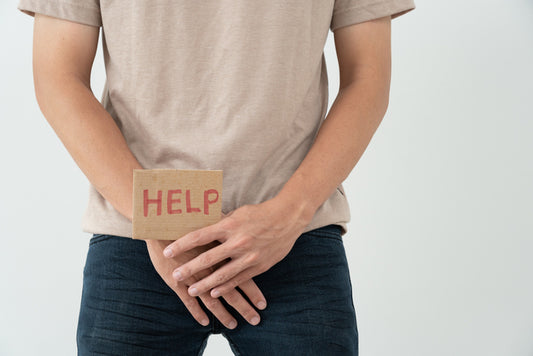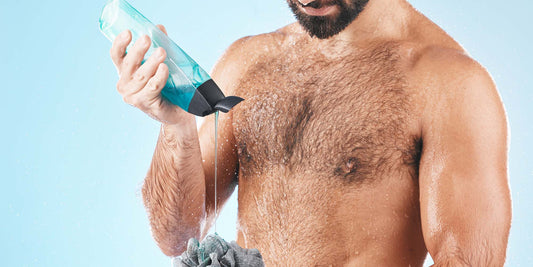Billiard balls, Thighs the Limit, Boyzilian, Hairless Mister, Woolly Mammoth, Stud Muffin and the Pilot – Just of few of the different types of manscaping styles that are out there.
Studies show the majority of men under 50 do some kind of manscaping. It might be a simple trim, it might be getting rid of it all, or it might be going for a particular style.
We have heard lots of arguments for and against manscaping – so we wanted to address some of the common questions.
Is manscaping more hygienic?
Well, pubic hair evolved to protect us. It cushions delicate genital skin from friction during sex; and it can also help keep dirt and germs away from our sensitive areas.
However, nothing is ever black and white.
Pubic hair also keeps you warm down there. This generally shouldn’t be a problem, but on a hot day, or after exercising, sweat and other fluids like urine, can get trapped in pubic hair. Certain bacteria can react with these fluids to cause bad smells. So, if you don’t wash your pubic hair regularly, you can develop a terrible pong down there.
Manscaping your pubic hair means sweat can evaporate more quickly. Not only can this make you feel cooler down there, but it also means sweat does not have as much time to interact with bacteria. So, shaving or trimming your pubic hair can actually reduce some manky smells.
This improvement in bad smelling man-bits might be why, according to some studies, men who regularly manscape down there are more prepared for receiving oral sex from partners.
Can manscaping damage your skin?
Well, it really depends on the methods used, and the precautions you take.
Shaving can potentially damage the top layer of skin and disrupt the skins protective acid mantle. This can lead to irritated skin, an increase in infections, ingrown hairs and inflamed hair follicles.
If waxing is not done properly, it can also potentially cause inflammation, irritation and ingrown hairs.
Hair removal creams are easy to use and can be wiped off easily. However, because they are not natural substances and do contain chemicals, they can potentially cause allergic reactions or inflammation. It probably best to test them for the first time somewhere less sensitive than your genitals.
Trimming pubic hair has very few associated risks. Just make sure to use clean scissors.
Whatever method you use, because pubic hair prevents friction when skin rubs against skin or clothing, if you remove all the hair at a site, there is the potential to develop chafe there.
How to keep your skin protected while manscaping
It is good practice after manscaping to clean the skin with a nourishing, pH adjusted wash like Dr Macks Cleaner. Then you can apply a moisturiser or a balm like Dr Macks Perfecting Balm to soothe any manscaping induced irritation and also to provide a buffer layer to prevent friction and chafing.
If you develop a rash, try not to itch as you could potentially spread an infection or make things worse. Stop shaving for a while to let skin rest and heal. If things do not improve or get worse, you may need to see a doctor.
Whether you choose to manscape or not is a personal choice. Just try and stay healthy.








